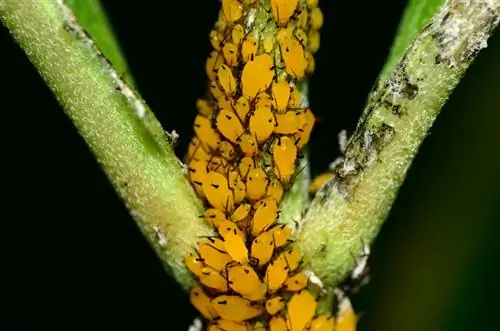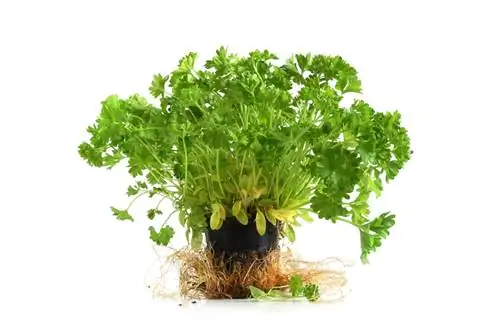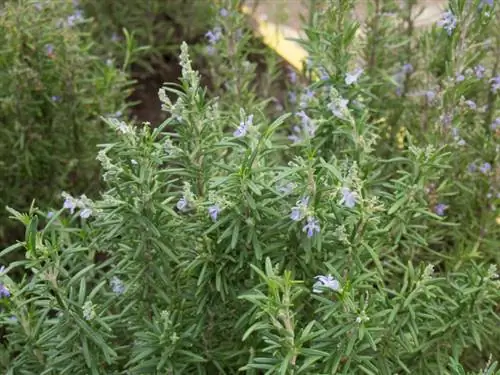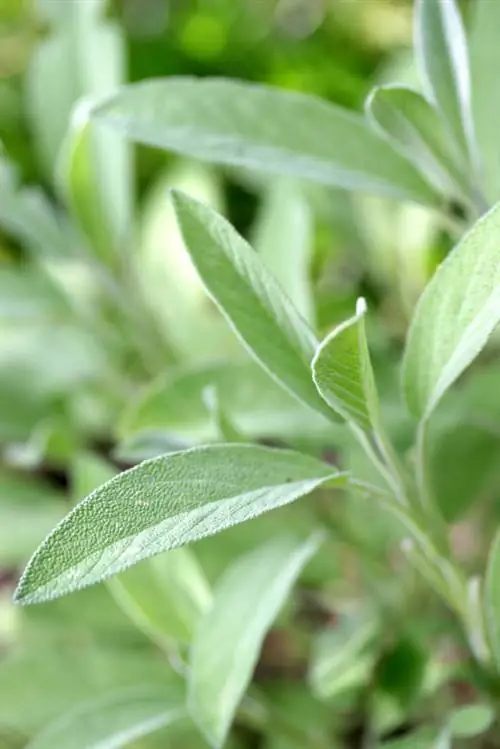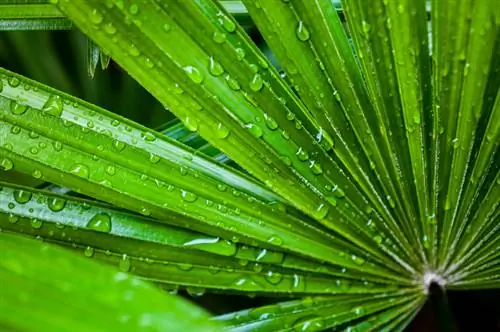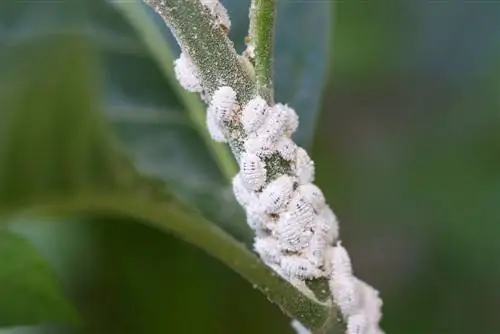- Author admin [email protected].
- Public 2023-12-16 16:46.
- Last modified 2025-01-23 11:20.
Oleander (Nerius oleander) originally comes from the countries around the Mediterranean, but has also been cultivated in our latitudes since the 19th century at the latest - but preferably in pots, because the plant is only partially hardy and freezes if left for long periods of time Frost or at temperatures below minus five degrees Celsius.
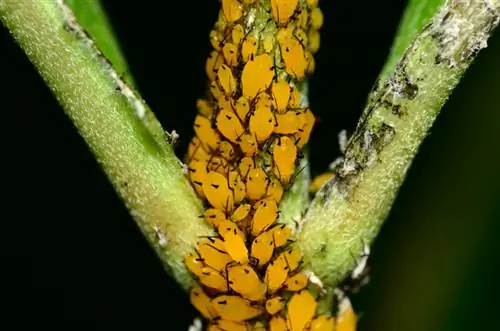
What causes white spots on oleander leaves?
White spots on oleander leaves can indicate plant lice such as scale insects, mealybugs or mealybugs. Proper care and a suitable location can prevent infestation. If infested, cut back affected shoots and treat plant parts with rapeseed oil, soft soap or specialized products.
Plant lice on oleander
As beautiful as an oleander that has grown lushly and is covered in delicate flowers is, it has a disadvantage: the plant actually attracts certain diseases and pests and basically no oleander is spared from a louse invasion or other misfortune. For example, a dotted white coating, especially on the undersides of the leaves, is often an indication of plant lice. Scale insects in particular feel very comfortable on oleander, but mealybugs and mealybugs can also occasionally be found. If, on the other hand, the white coating is large and can be wiped off, it is often mildew, a fungal infection that is quite easy to combat.
Common causes: Insufficient or incorrect care
Although oleander is very susceptible to scale insect infestation, you can prevent such problems with the right care and a suitable location. Plants that have been weakened by incorrect or inadequate care are particularly affected because they can no longer defend themselves. So be sure to keep your oleander
- water regularly and sufficiently
- fertilize regularly and sufficiently
- repot once a year into fresh substrate
- prune once a year
- to leave outside as long as possible in winter
- and put it out again as early as possible.
- Bright and cool to overwinter.
- Place in a sunny and warm location,
- which is, however, slightly drafty at best.
If you follow these tips, you will strengthen your plant and make plant lice infestation less likely.
Successfully fight annoying creatures
Once the scale insects are there, you have to fight them quickly and specifically. Otherwise they not only spread widely on the affected plant and damage it, but also spread to neighboring plants. The fight can be done in three steps:
- Cut back severely infected shoots and do not leave any stubs.
- Treat the remaining plant parts with rapeseed oil or soft soap
- or use a specialized agent for spraying or pouring.
- Pesticides administered by watering usually have a longer-lasting effect.
- Since double sometimes works better, you can also pour and spray.
Tip
In addition to plant lice, spider mites can also be the cause of the white dots on the oleander leaves.

